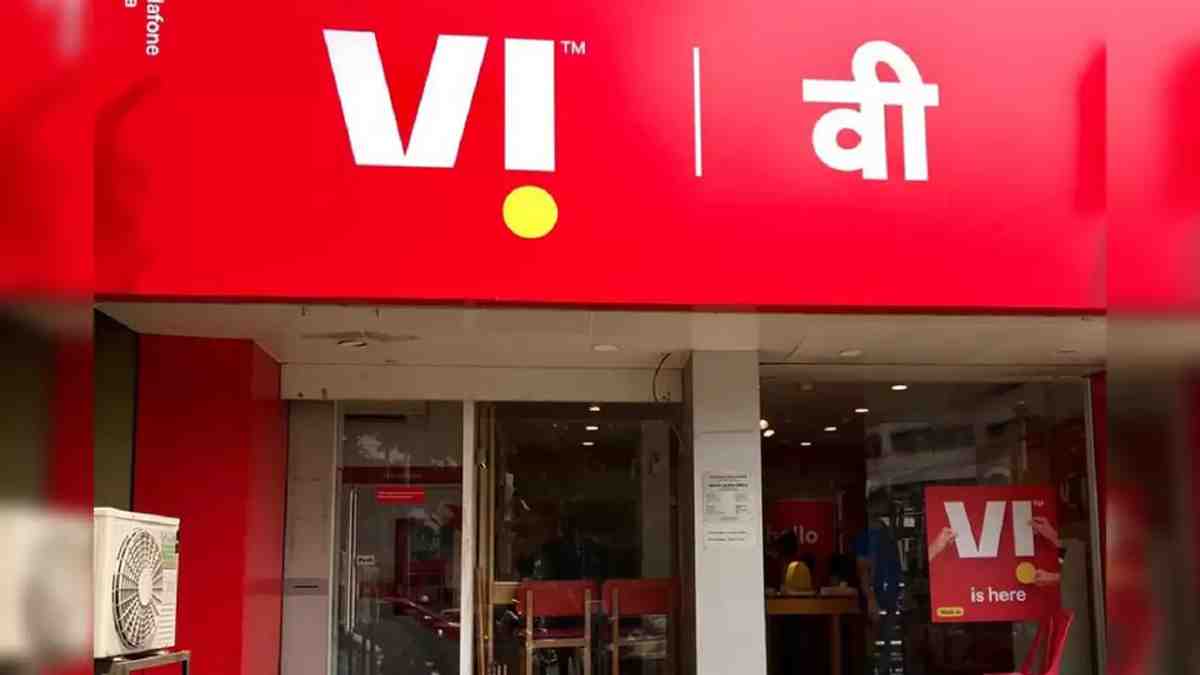
The markets soared after exit polls on Saturday predicted a clear win for the ruling Bharatiya Janata Party-led National Democratic Alliance. On Monday, both the Nifty and the Sensex reached record highs.
Despite the excitement, Jiten Doshi, co-founder and chief investment officer of Enam Asset Management Co. Pvt. Ltd (Enam AMC), advises investors to stay cautious. He emphasizes that market reactions—whether euphoric or panic-stricken—should be seen as part of a long-term investment journey.
Doshi points out that even during the most bullish periods of the 1990s and 2000s, there were corrections of 15-25%. He adds that smart investors can take advantage of the current bullish market but should do so wisely.
What Should Long-Term Investors Do at These Market Levels?
The phrase “long term” has often been misused during recent market runs. For traditional investors aiming to build generational wealth through equities, long term means holding investments for more than three to five years. Equities, as an asset class, benefit from the compounding effect of value creation in the economy. For long-term investors, the most powerful tool for wealth creation is simply time spent in the market.
While many investors try to time the market perfectly, a better strategy is to invest consistently in quality companies over time. Systematically participating through market cycles helps make time your ally in the journey of wealth creation.
What should you do if the market falls or rallies when election results are announced on June 4?
The key rule in investing is to be careful right before a big event. June 4 is crucial for India’s future, but any big reactions in the market should be seen as part of a long-term journey.
Yes, the market has gone up recently, but even in the major bull markets of the 1990s and 2000s, there were several corrections of 15-25%. These now seem minor in the bigger picture. Therefore, we take advantage of market ups and downs by investing during panic periods and making staggered investments when markets are strong.
What is your Sensex/Nifty range for FY25?
As bottom-up investors, we don’t predict index levels. The index is dynamic and has seen over 50% turnover in its constituents over a decade. Historically, equities have returned about 13-14% annually over two decades.
We expect these returns to continue long-term, driven by economic growth, earnings cycles, and a diverse investor base. If current policies get electoral support, these returns could increase in the near term.
What sectors and stocks are you most optimistic about? Which ones will you avoid?
We see a mix of factors like demography, digitization, democracy, and development creating long-term growth for India. These factors are driving trends like premiumization, digital money, financialization, industry consolidation, healthcare, formalization, urbanization, import substitution, and a manufacturing comeback.
Therefore, sectors such as aspirational consumption, consumer discretionary (like durables, mobility, retail, quick service restaurants, home improvement), BFSI, capital expenditure recovery, and healthcare are promising for long-term investments.
The Reserve Bank of India (RBI) has given a large dividend to the government. How will this affect government finances? If it’s used for capital expenditure, which sectors will benefit most?
The RBI has been crucial in helping India recover after the pandemic, supporting government efforts for stability and growth while managing currency fluctuations.
The recent dividend from the RBI increases government funds for capital projects, improves fiscal health, reduces the need for borrowing, and could lower interest rates, possibly even leading to a sovereign credit rating upgrade. Sectors that might benefit the most include infrastructure (roads and railways), green energy, and strategic sectors like defense, aerospace, and railways.
Can we expect the RBI to cut interest rates this year?
It’s not a question of if, but when. The RBI acts cautiously and consistently. We expect any rate cuts to align with changes in the developed world, especially the US. Rate cuts might happen before the busy season in the second half of the 2025 fiscal year, with initial cuts potentially being more significant.
What do you think about the recent Foreign Portfolio Investor (FPI) selling? Is it a shift from India to China?
Foreign institutional investors have been investing steadily in India for the past 12-15 months, looking for alternatives to China. However, recent reallocations and the appeal of Southeast Asian markets have affected investment flows to India. With elections approaching, both local and foreign investors are being cautious with their allocations.
Do you still see value in mid- and small-cap stocks, or should investors focus on large-caps with attractive valuations?
Investing depends on absolute returns, time horizons, and risks, but also on relative performance. The current market rally is driven by optimism about policy continuity after the elections, earnings recovery, and domestic investments into mutual funds through systematic investment plans (SIPs), particularly into mid- and small-cap stocks. However, at current market levels, large caps seem better positioned given the high valuations of mid- and small-caps.
What are the biggest risks for the markets?
- Global uncertainties.
- 60% of global economies are in an election cycle; unfavorable results could impact sentiment and outlook.
- Changing economic cycles and their effects on monetary policies and interest rates.
- China’s recovery, emerging market (EM) flows, and their impact on relative performance.
Disclaimer: The views and investment tips expressed by investment experts on Sharepriceindia.com are their own and not those of the website or its management. Sharepriceindia.com advises users to check with certified experts before taking any investment decisions.









